I will talk about doing cross-chain bridging on mobile . Using a mobile device to do cross-chain bridging makes it possible to do crypto transfers to different blockchains with one click.
That facility removes the need to liquidate your holdings to access different networks, DeFi, or NFT. Without spending too much time, this article will help you complete the steps, tips, and important things to keep in mind for mobile bridging safely and efficiently.
What is Cross-Chain Bridging?
Cross-chain bridging is the ability to move cryptocurrencies and other digital assets across different blockchains on a cross-chain bridge.
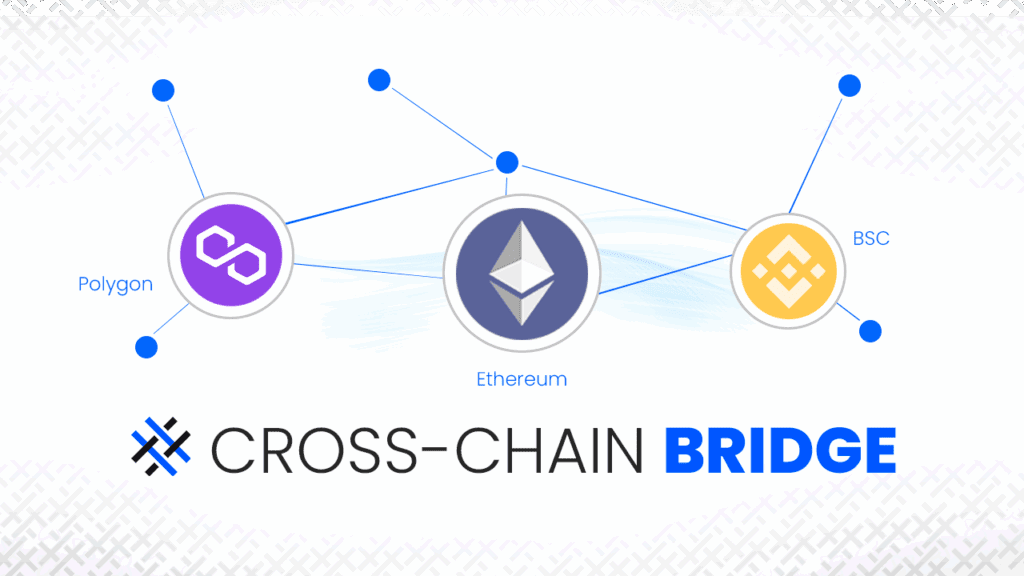
Unlike standard transfers which are confined to one blockchain, users can transfer tokens from one chain to the other, say from Ether to Binance Smart Chain, without the need to sell of f or convert it manually.
This greatly increases the use case of the digital assets accessible to and participating in DeFi, gaming, and NFTs across blockchains. Convenience comes at a price, so one must ensure the bridge is trusted to ensure there isn’t the possibility of losing funds.
How to Do Cross-Chain Bridging on Mobile
Here’s a step-by-step example of how to do cross-chain bridging on mobile using a popular bridge like Wormhole and a mobile wallet like MetaMask.
Step 1: Install and Set Up Your Mobile Wallet
- Download MetaMask from your app store.
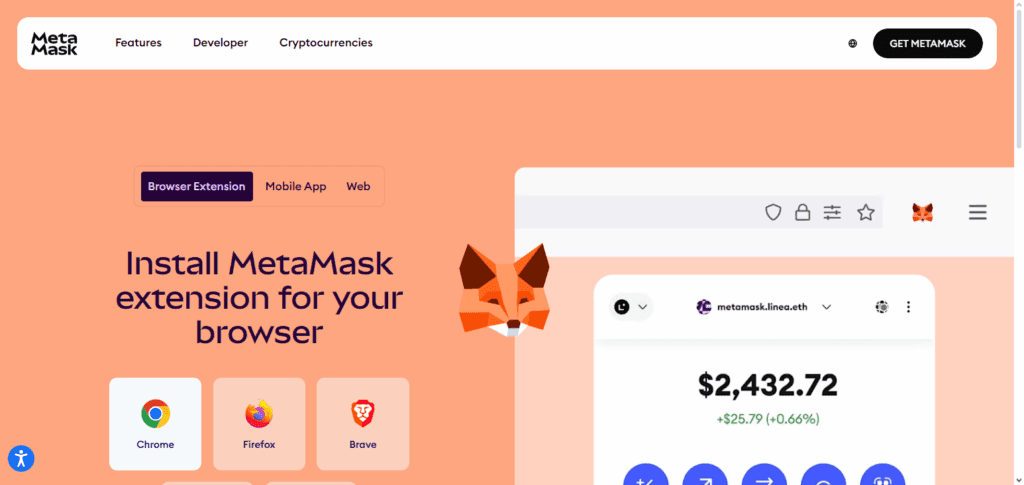
- Create a new wallet or import an existing one using your seed phrase.
- Make sure your wallet has enough funds on the source blockchain (e.g. Ethereum).
Step 2: Access a cross-chain bridge
- Open your mobile browser or the MetaMask built-in browser.
- Go to the Wormhole Bridge or another trusted bridge.
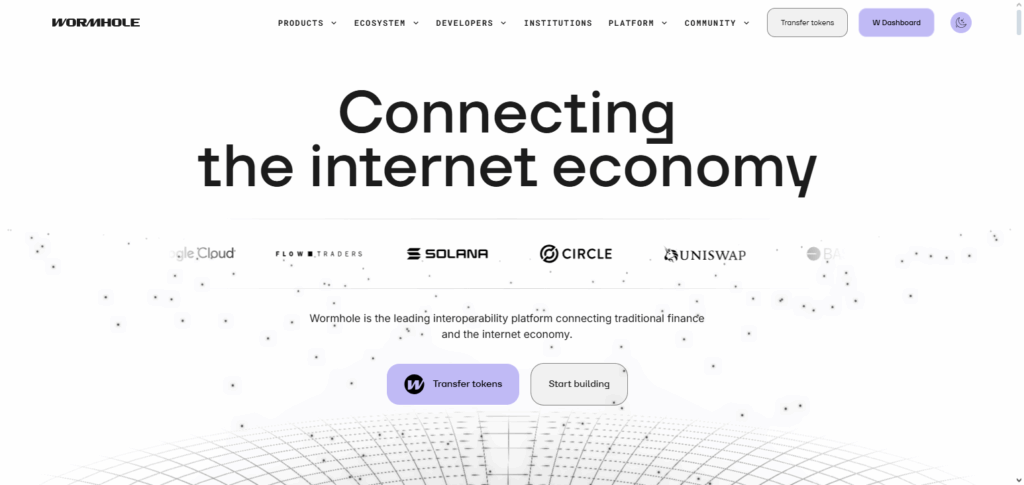
Step 3: Connect your wallet
- Click Connect Wallet and select MetaMask.
- Approve the connection to the bridge.
Step 4: Select your source and destination chains
- Select the blockchain you are sending from (e.g. Ethereum).

- Select the blockchain you want to receive on (e.g. Solana).
Step 5: Specify the amount to bridge
- Specify the amount of crypto you want to transfer.
- Make sure to check the fees and how long the transaction is expected to take.
Step 6: Confirm the transaction
- Click on Switch or Bridge.
- Confirm the transaction on your MetaMask wallet.
Step 7. Wait for verification.
- You might want to check your transaction status (this could take a few minutes.)
- After completing the process, ensure to check your target wallet to see the added tokens.
Choosing the Right Mobile Wallet
Choosing the Right Mobile Wallet for Cross-Chain Bridging
Choosing the right mobile wallet for cross-chain bridging is important to work on security to convenience to mobile wallet compatibility Factors to keep in mind include:
Multi-Chain Support – to bridge assets on various blockchains, having wallets for different networks is a must.
User-Friendly Interface – the ease of interfaces lessens the chances of an error, particularly on mobile devices.
Security Features – wallets should include sophisticated protection features such as biometric logins, dual protection, and seed phrase recovery.
Cross-Chain Integration – check if the wallet connects automatically to popular cross-chain bridges for simpler transfers.
Transfer Tracking – to track cross-chain transactions more easily, a wallet should display cross-chain transfers or current status.
Risks and Precautions
Risks and precautions for Cross-Chain Bridging on Mobile
While highly beneficial, cross-chain bridging also poses certain risks. Before proceeding, consider the following:
Smart Contract Vulnerabilities
Every bridge has a smart contract, which can be vulnerable. Use only bridge protocols that you consider sonf Trusted and Audited.
Transaction Errors
Sending an asset to the wrong chain or wallet can result in the permanent loss of that asset. Always be sure to double-check the wallet addresses and chains before confirming the transactions.
High Slippage and Fees
Slippage and high fees may be experienced on some bridges. Before bridging, ensure that you compare the slippage and fees to avoid being surprised by charges.
Network Congestion
Transactions can be delayed due to high activity on the blockchain. While you wait for the transactions to be confirmed you can be doing other tasks.
Security Risks on Mobile
Using mobile devices carries the risk of remote hacking and infection by malware. As a rule of thumb, avoid public Wi-Fi and make sure to update the wallet app on your mobile device.
Tips for Efficient Mobile Cross-Chain Transfers
Use these guidelines to make your mobile cross-chain bridging a smoother, cheaper, and safer process.:
Compare Net Spending – Always compare costs effectively to avoid overspending and losing money on different chains and bridges.
Utilize Trusted and Tested Bridges – Cross bridges if you want to avoid risks of hacks, or loss of funds.
Transfer Funds During Weekends – Transfers done on weekends usually have high chances of being approved faster.
Confirm Addresses and Blockchains – Do your best to double-check everything to avoid losing funds.
Clear Cache and Update Software – For effective and secure performance, make sure mobile browsers and wallets have an update.
File Transaction Receipts – Always keep receipts or take screenshots when transactions take place. these are useful to settle disputes.
Troubleshooting Common Issues
Delayed Transactions – Due to network congestion, transfers may take longer.
Solution.: Just wait, check the network there is no need to resend till it is confirmed.
Failed Transfers – Transfers fail n an array of cases, and most often the wrong chain is selected, or an incorrect wallet address is used.
Solution.: Always check all the parameters and make certain to use the supported tokens.
Bridge or Wallet Connectivity Issues – For no reason at all some wallets fail to connect properly to the bridge.
Solution.: Start the app anew, clear the cache and, or reconnect the wallet.
Lost Funds – Using unverified bridges can increase the likely unverified bridges.
Solution.: Only use unverified bridges and if there is an issue- get in touch with support.
High Fee or Slippage – Whilst Bridging, there can be some high or unexpected excessive fees.
Solution.: Contact your bridge fees to assess if they are extremely high, and adjust the amounts you need to.
Pros & Cons
| Pros | Cons |
|---|---|
| Allows transferring crypto between different blockchains easily. | Risk of losing funds if wrong chain or address is used. |
| Provides access to multiple DeFi platforms, NFTs, and gaming ecosystems. | Smart contract vulnerabilities can be exploited by hackers. |
| Convenient and fast when using mobile wallets and trusted bridges. | High fees and slippage may occur during peak network times. |
| No need to sell or convert assets manually. | Mobile devices can be more vulnerable to malware or hacking. |
| Expands the usability of digital assets across multiple ecosystems. | Some bridges may have limited token or chain support. |
Conclusion
Cross-chain bridging on mobile lets users transfer crypto assets across novel blockchains with greater ease and essence. It provides greater flexibility with DeFi, NFT, and other blockchain technologies.
Users can dynamically lower chances and ensure streamlined transactions by selecting a reputable mobile wallet, utilizing reliable bridges, and practicing risk-averse methodologies.
Contacting and addressing transaction volume, expenses, and other fees in a multi-chain ecosystem further provides layer efficiencies. The width blockchain ecosystem can be accessed using simple mobile steps. Precaution and care results in seamless transfers and peace of mind with multi-chain crypto block.
FAQ
Popular wallets like MetaMask, Trust Wallet, and Rainbow Wallet support multi-chain assets and can connect to trusted cross-chain bridges.
It can be safe if you use audited bridges, trusted wallets, and follow security precautions like verifying addresses and keeping apps updated.
Transfer time depends on the blockchains involved and network congestion, ranging from a few minutes to over an hour.




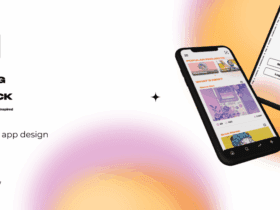






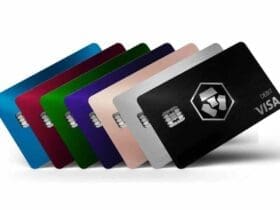
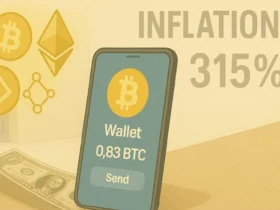


Leave a Reply